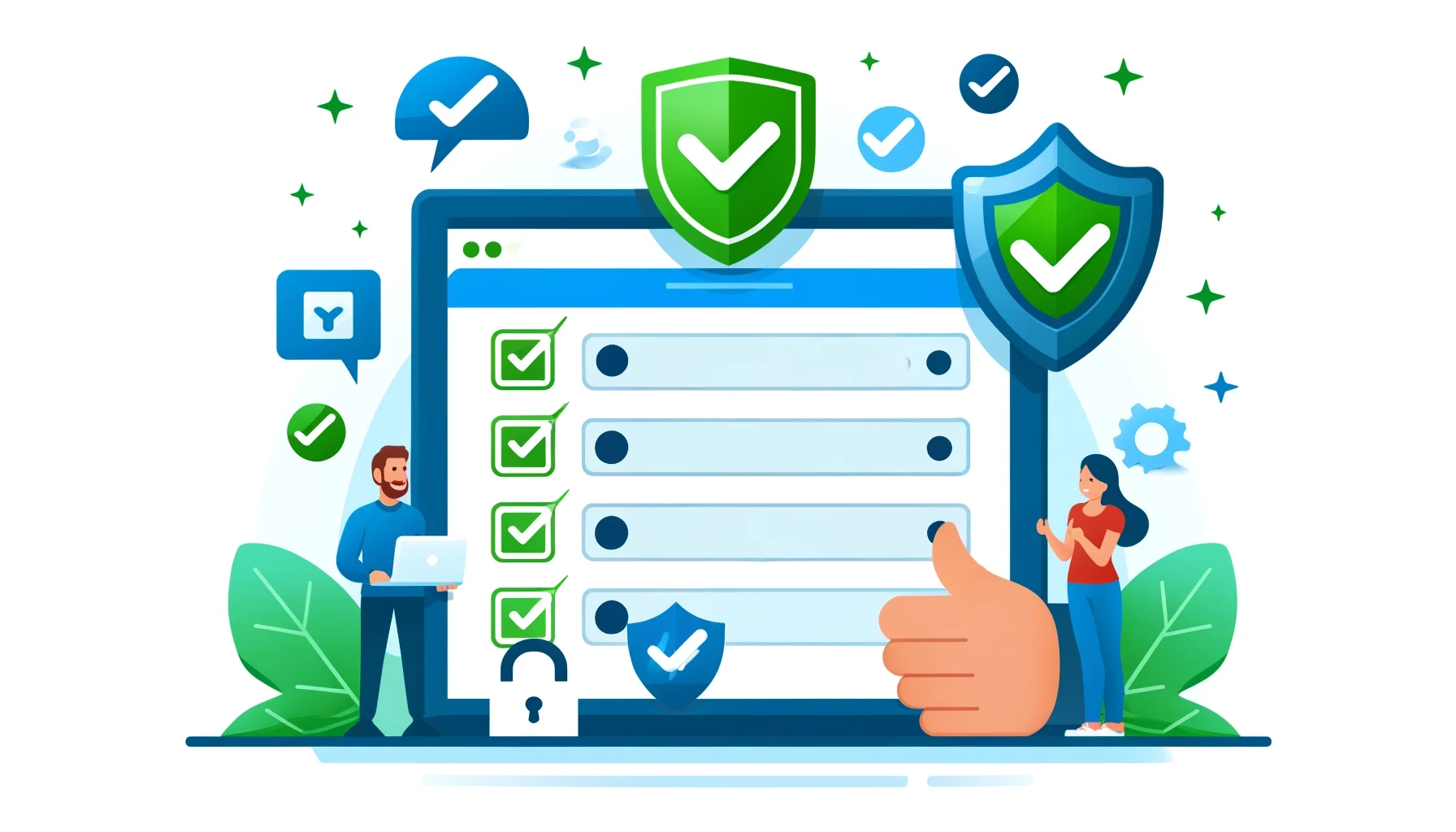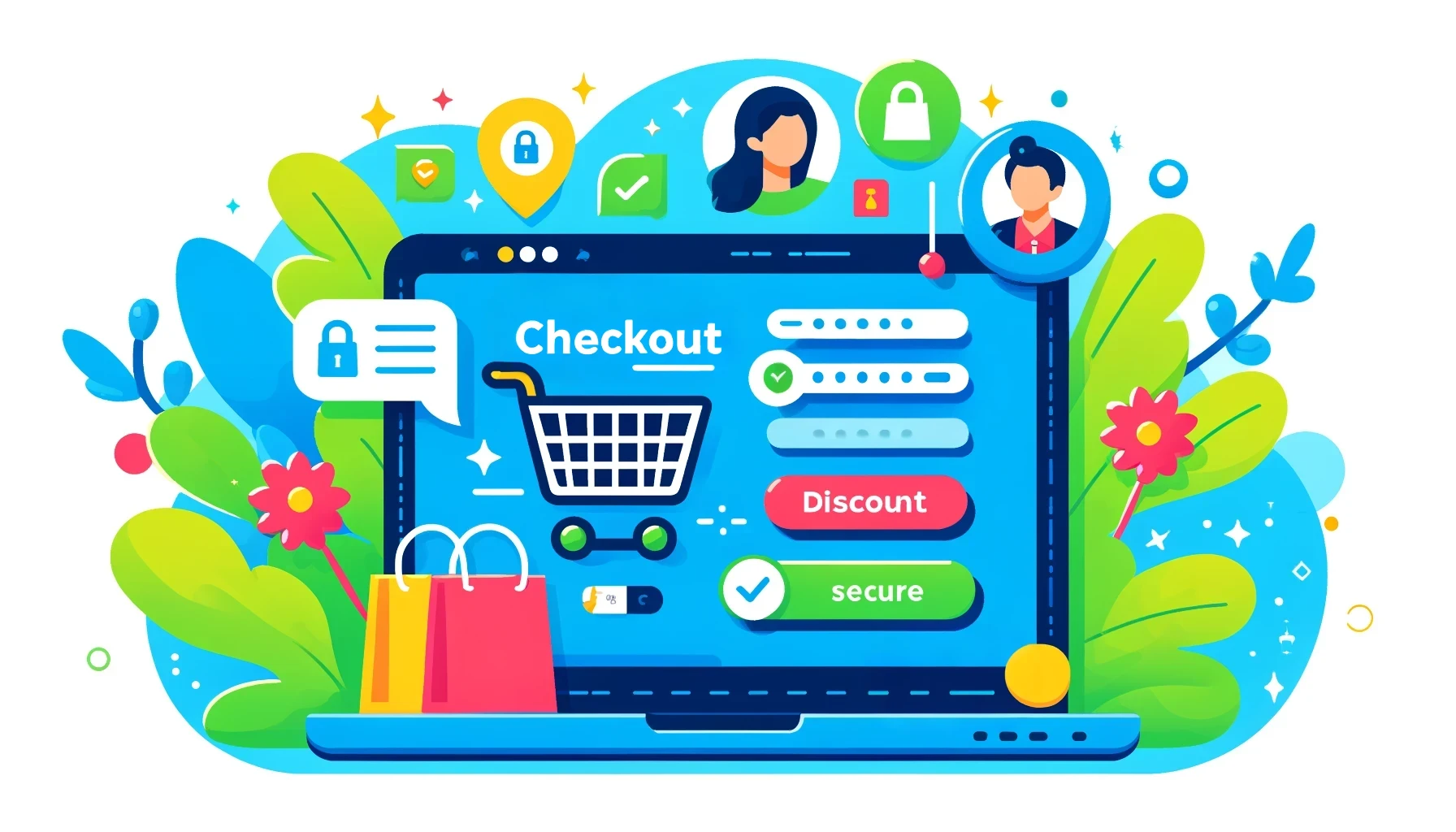Elevating the Online Checkout Experience - A Comprehensive Guide to Funnel Optimization

The checkout process is the culmination of your ecommerce efforts, where potential customers transform into loyal patrons. However, even the slightest hiccup during this crucial juncture can deter shoppers, leading to abandoned carts and lost revenue. Streamlining this intricate journey is paramount for fostering trust, convenience, and ultimately, conversions. In this article, we delve into a multifaceted approach to optimizing your checkout funnel, ensuring a gratifying experience that keeps customers coming back for more.
Embracing Guest Checkouts: Convenience at Its Finest
Compelling shoppers to create an account before finalizing their purchase can be a deal-breaker. In today's fast-paced digital landscape, customers crave convenience and flexibility. By implementing a guest checkout option, you eliminate unnecessary hurdles, allowing users to breeze through the process effortlessly.
The Power of Simplicity
Simplicity is the cornerstone of an exceptional checkout experience. By enabling guest checkouts, you cater to those who prioritize a hassle-free transaction over committing to a long-term relationship with your brand. This approach not only enhances the overall user experience but also opens the door to potential repeat customers, as they may choose to create an account after experiencing the seamlessness of your checkout process.
Minimizing Friction
Forcing account creation can introduce friction, leading to abandoned carts and lost sales. By offering a guest checkout option, you eliminate this potential barrier, allowing customers to proceed without the need for extensive form-filling or personal information sharing. This streamlined approach ensures a smooth and uninterrupted journey from cart to confirmation.
Embracing the One-Page Checkout: A Seamless Experience
In the realm of ecommerce, time is of the essence. Customers expect a swift and straightforward checkout process, minimizing the risk of abandonment due to frustration or distraction. Implementing a one-page checkout can be a game-changer, consolidating the entire transaction into a single, cohesive experience.
Streamlining Navigation
By condensing the checkout journey into a single page, you eliminate the need for multiple clicks and page transitions, reducing the cognitive load on your customers. This seamless navigation not only enhances the overall user experience but also minimizes potential distractions or interruptions that could otherwise disrupt the purchase flow.
Visual Clarity and Guidance
A well-designed one-page checkout provides a clear overview of the entire process, guiding customers through each step with visual cues and progress indicators. This transparency instills confidence and reassurance, as shoppers can easily track their progress and anticipate the next steps, fostering a sense of control and trust throughout the transaction.
Embracing Form Validation: Building Trust and Confidence
 Accurate data entry is crucial for a smooth checkout process. However, errors and omissions can lead to frustration and potential abandonment. Implementing form validation not only ensures data integrity but also cultivates trust and confidence in your customers.
Accurate data entry is crucial for a smooth checkout process. However, errors and omissions can lead to frustration and potential abandonment. Implementing form validation not only ensures data integrity but also cultivates trust and confidence in your customers.
Inline Validation: A Conversational Approach
Inline validation provides real-time feedback as customers fill out form fields, alerting them to errors or omissions as they occur. This conversational approach creates a more natural and intuitive experience, allowing users to correct mistakes promptly and without the need for time-consuming backtracking or resubmission.
After-Submit Validation: A Comprehensive Overview
While inline validation offers a seamless experience, after-submit validation can provide a comprehensive overview of all errors or omissions in a single step. This approach can be particularly beneficial for complex forms or scenarios where multiple fields require validation, ensuring that customers can address all issues simultaneously before proceeding.
Embracing Payment Diversity: Catering to Preferences
In the ever-evolving landscape of digital transactions, customers have diverse preferences when it comes to payment methods. Embracing this diversity not only enhances the checkout experience but also opens doors to untapped customer segments and potential revenue streams.
Traditional Payment Methods
While credit and debit cards remain prevalent, it's crucial to accommodate alternative payment options such as PayPal, digital wallets (Apple Pay, Google Pay), and buy now, pay later services like Afterpay or Klarna. These options cater to varying customer preferences and financial situations, fostering inclusivity and accessibility.
Personalization and Convenience
By offering multiple payment methods, you empower customers to choose the option that best suits their needs and preferences. This personalized approach not only enhances convenience but also cultivates a sense of trust and loyalty, as customers feel understood and valued throughout the transaction process.
Embracing Progress Indicators: Guiding the Journey
The checkout process can be daunting, especially for first-time customers or those unfamiliar with your brand. Implementing progress indicators, such as breadcrumbs or progress bars, can alleviate anxiety and provide a sense of direction, ultimately enhancing the overall user experience.
Visual Guidance and Transparency
Progress indicators serve as visual cues, guiding customers through the various stages of the checkout process. By clearly displaying their current position and the remaining steps, you foster transparency and manage expectations, reducing the likelihood of abandonment due to uncertainty or frustration.
Psychological Motivation
Progress indicators tap into the psychological principle of goal-setting and achievement. As customers advance through the checkout journey, they experience a sense of accomplishment and motivation to complete the process, driven by the desire to reach the final destination and secure their purchase.
Optimizing for Mobile: Embracing the Anytime, Anywhere Shopper
 In today's mobile-centric world, optimizing your checkout funnel for seamless mobile experiences is no longer an option – it's a necessity. With an increasing number of consumers relying on their smartphones and tablets for online shopping, ensuring a responsive and user-friendly checkout process is paramount.
In today's mobile-centric world, optimizing your checkout funnel for seamless mobile experiences is no longer an option – it's a necessity. With an increasing number of consumers relying on their smartphones and tablets for online shopping, ensuring a responsive and user-friendly checkout process is paramount.
Responsive Design and Usability
Implementing responsive design principles ensures that your checkout funnel adapts seamlessly to various screen sizes and device capabilities. This approach not only enhances the visual experience but also prioritizes usability, with intuitive navigation, legible text, and thumb-friendly interactions tailored for mobile users.
Mobile-Specific Features
Embracing mobile-specific features can further elevate the checkout experience. For instance, enabling camera-based credit card scanning streamlines the payment process, while integrating digital wallets like Apple Pay or Google Pay offers a frictionless and secure transaction experience for on-the-go shoppers.
Fostering Trust: Leveraging Security Badges and Social Proof
In the digital realm, trust is a precious commodity. Customers are increasingly wary of sharing sensitive information online, and fostering a sense of security and credibility is paramount for successful conversions. Leveraging security badges and social proof can go a long way in alleviating these concerns and instilling confidence in your checkout process.
Security Badges and Certifications
Prominently displaying trusted security badges and certifications, such as SSL encryption, Norton, or VeriSign, can reassure customers that their personal and financial information is protected. These visual cues serve as a stamp of approval, signaling that your website adheres to industry-standard security protocols and best practices.
Social Proof and User-Generated Content
Incorporating social proof and user-generated content (UGC) into your checkout funnel can be a powerful persuasion tool. Positive reviews, testimonials, and product ratings from satisfied customers can alleviate concerns and provide the nudge needed for hesitant shoppers to complete their purchases with confidence.
Embracing Transparency: Upfront Disclosure of Fees and Policies
Unexpected costs or hidden fees can be a major deterrent for online shoppers, often leading to abandoned carts and lost sales. Embracing transparency by clearly disclosing all applicable fees, shipping costs, and return policies upfront can foster trust and minimize potential frustrations during the checkout process.
Upfront Cost Disclosure
Clearly displaying the total cost, including taxes, shipping fees, and any additional charges, ensures that customers are fully aware of their financial commitment before proceeding with the purchase. This transparency not only promotes trust but also prevents unpleasant surprises that could disrupt the checkout flow.
Accessible Return and Refund Policies
Prominently showcasing your return and refund policies during the checkout process can provide customers with the reassurance they need to complete their purchases. By addressing potential concerns upfront, you demonstrate a commitment to customer satisfaction and instill confidence in your brand's commitment to delivering a positive shopping experience.
Leveraging Exit-Intent Strategies: Recapturing Abandoned Carts
Despite your best efforts, some customers may still abandon their carts during the checkout process. However, implementing exit-intent strategies can help recapture these potential sales and provide a second chance at conversion.
Exit-Intent Popups and Overlays
Exit-intent popups and overlays are triggered when a customer exhibits behavior indicating they may be about to leave the checkout process, such as cursor movements towards the browser's address bar or attempts to close the window. These timely interventions can offer incentives like discounts, free shipping, or personalized recommendations, enticing customers to reconsider and complete their purchases.
Abandoned Cart Remarketing
For customers who have already left the checkout process, abandoned cart remarketing campaigns can be a powerful tool for re-engaging them. By leveraging email marketing or targeted advertisements, you can remind customers of their abandoned carts, offer incentives, and provide a direct link back to their saved items, increasing the likelihood of conversion.
Embracing Personalization: Tailoring the Checkout Experience
 In the era of personalized experiences, tailoring your checkout funnel to individual customer preferences can significantly enhance engagement and conversion rates. By leveraging data and insights, you can create a checkout journey that feels tailored and relevant, fostering a sense of connection and loyalty.
In the era of personalized experiences, tailoring your checkout funnel to individual customer preferences can significantly enhance engagement and conversion rates. By leveraging data and insights, you can create a checkout journey that feels tailored and relevant, fostering a sense of connection and loyalty.
Personalized Product Recommendations
During the checkout process, presenting personalized product recommendations based on a customer's browsing history, purchase patterns, or preferences can encourage additional purchases and increase the average order value. These targeted suggestions not only provide a convenient upselling opportunity but also demonstrate your understanding of the customer's needs and interests.
Localization and Language Preferences
Catering to customers' language and cultural preferences can greatly improve the checkout experience, particularly for international audiences. Offering localized content, currency options, and payment methods specific to a customer's region can foster a sense of familiarity and trust, reducing potential barriers to conversion.
Embracing Continuous Optimization: Data-Driven Refinement
Optimizing your checkout funnel is not a one-time endeavor; it's an ongoing process that requires continuous refinement and adaptation. By embracing data-driven insights and leveraging testing methodologies, you can consistently identify areas for improvement and implement targeted enhancements to maximize conversions.
A/B Testing and Experimentation
A/B testing and experimentation allow you to evaluate the impact of different checkout funnel variations on key metrics such as conversion rates, average order value, and customer satisfaction. By systematically testing and comparing alternative designs, layouts, or features, you can make informed decisions based on real-world customer behavior and preferences.
Analytics and Customer Feedback
Integrating robust analytics tools and actively soliciting customer feedback can provide invaluable insights into potential bottlenecks or pain points within your checkout process. By analyzing data such as cart abandonment rates, bounce rates, and customer comments, you can pinpoint areas for optimization and make data-driven improvements that directly address customer needs and concerns.
Embracing Omnichannel Consistency: A Seamless Experience Across Touchpoints
In today's interconnected world, customers expect a consistent and cohesive experience across all touchpoints, including the checkout funnel. Embracing omnichannel consistency not only enhances brand recognition but also fosters trust and loyalty, ultimately contributing to higher conversion rates.
Consistent Branding and Design
Maintaining a consistent brand identity and design language throughout the checkout process reinforces your brand's credibility and professionalism. By aligning visual elements, color schemes, and typography with your overall brand guidelines, you create a seamless transition from browsing to purchasing, minimizing potential distractions or confusion.
Integrated Customer Experiences
Integrating your checkout funnel with other customer touchpoints, such as in-store experiences or mobile applications, can provide a cohesive and personalized journey for your customers. By leveraging customer data and preferences across channels, you can tailor the checkout process to individual needs and preferences, fostering a sense of continuity and enhancing the overall customer experience.
Conclusion
In the dynamic world of ecommerce, optimizing your checkout funnel is not just a strategic endeavor; it's a continuous pursuit of excellence, driven by a deep understanding of customer needs and a commitment to delivering exceptional experiences. By embracing the principles and strategies outlined in this comprehensive guide, you can elevate your checkout process, foster trust and loyalty, and ultimately drive conversions that propel your business to new heights of success.
